1ASFK03493-Chevrolet Pontiac Saturn Front 8 Piece Steering & Suspension Kit TRQ PSA59300
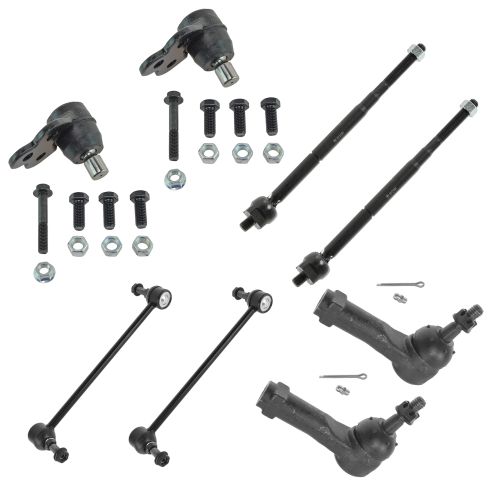




















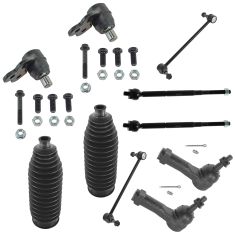
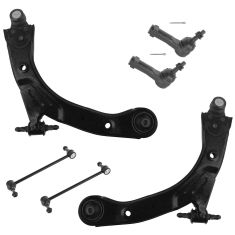
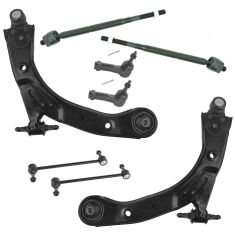
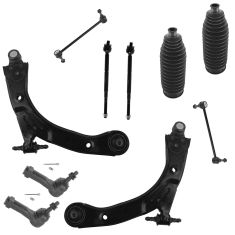
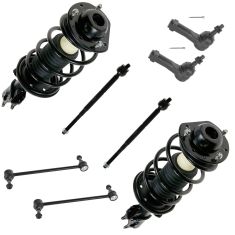
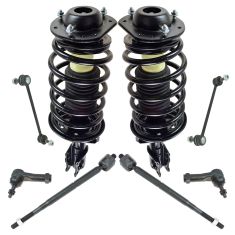
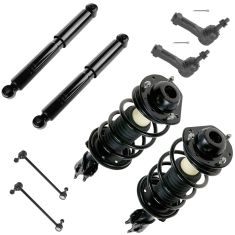
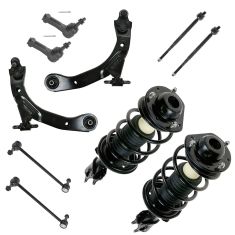
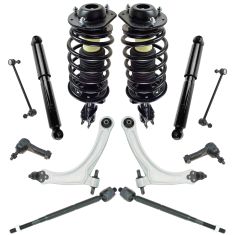
Replaces
2008 Pontiac G5 with RPO Code FE1 (Soft Ride Suspension) Front 8 Piece Steering & Suspension Kit TRQ PSA59300











You may also like

10 Piece Steering & Suspension Kit
$113.95

6 Piece Steering & Suspension Kit
$134.95

8 Piece Steering & Suspension Kit
$159.95

10 Piece Steering & Suspension Kit
$164.95

8 Piece Steering & Suspension Kit
$239.95

8 Piece Steering & Suspension Kit
$252.95

8 Piece Steering & Suspension Kit
$262.95

10 Piece Steering & Suspension Kit
$334.95

12 Piece Steering & Suspension Kit
$445.95
Product Reviews
Loading reviews
4.25/ 5.0
4
4 reviews
Could be better, but saved me money
August 17, 2017
The nuts that come with the ball joints and stabilizer links were elongated so i had to use my own hardware. One of the tie rods were missing the grease fitting and the one seal was ripped on my left balljoint. But all in all, it did save me some money.
Steering & Suspension
October 5, 2018
Great product, everything fit as described. Will continue to purchase products from A1 auto.. very pleased ! Thank you.
Fast shipping and fut
March 20, 2021
I ordered the parts and I had the some within 2 days parts fit my 2006 Saturn ion great and easy to put on not by me mind you
GREAT
March 24, 2021
I have ordered a suspension kit for my car and a starter and I have received them in the time frame they said and they are quality parts this is the only place I will order any parts for my car and their prices are fantastic
Customer Q&A
No questions have been asked about this item.
Pontiac is a registered trademark of General Motors Company. 1A Auto is not affiliated with or sponsored by Pontiac or General Motors Company.
See all trademarks.








